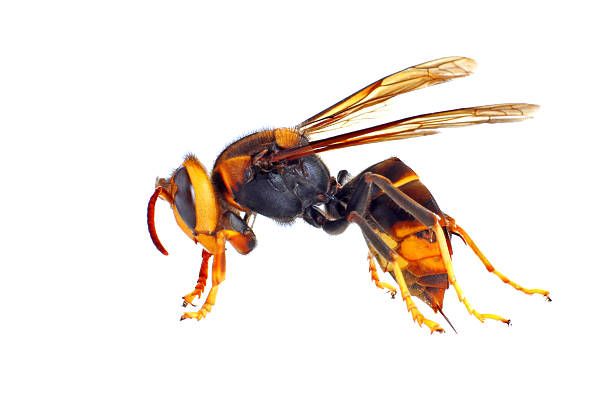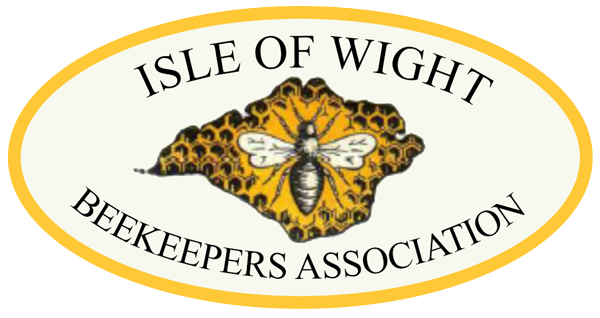Honey Bees
Honey bees are small and vary in colour from pale brown to almost black. Most bees in this country are domesticated and live in hives. They are known for their ability to produce honey which can be collected and eaten, and the production of wax comb which has a variety of uses from candles, to polish, cosmetics and pharmaceuticals.
They can swarm in a large, noisy, moving cloud of many thousands of bees. Sometimes it is possible to see the moving swarm, which does not move very far from the hive, and usually settles nearby in a shape like an elongated v-shaped balloon, in a tree, a hedge, along a branch, on the side of a building, sometimes on the ground.
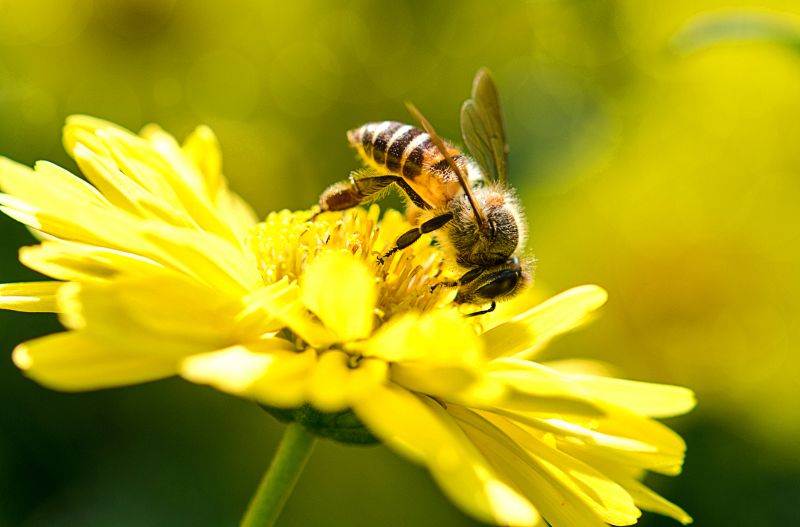
A moving swarm can look and sound quite frightening but they are rarely dangerous, they are loaded up with honey and looking for a new home, and unlikely to be aggressive. Once the swarm has settled, the beekeeper will collect it in a suitable container, which may stay in place attracting other flying bees, until the evening when it will be closed and taken away.
Beekeepers usually only collect honey bees. An exception is sometimes made regarding
bumble bees – see below.
For a more detailed description see wikipedia.org/wiki/Honey_bee.
Not Honey Bees
Bumblebees are often confused with honey bees, but they are larger, rounder and furrier that the honey bee. They have a variety of coloured stripes on their bodies. They live in small colonies in places such as an old bird box, in a compost heap, or under a shed floor. They are noisier and tend to fly much earlier in the morning and later in the evening than other bees. They are now endangered and two UK species are already extinct. Try to leave them alone if possible, they rarely sting. They are valuable pollinators. Beekeepers do not usually collect bumblebees.

There are several types of Solitary bees. They are smaller than the honey bee, some have a reddish/brown bottom, others are almost black. They fly in and out of holes in masonry, rockeries, grassy banks. They live alone and are harmless. Try to leave them alone.
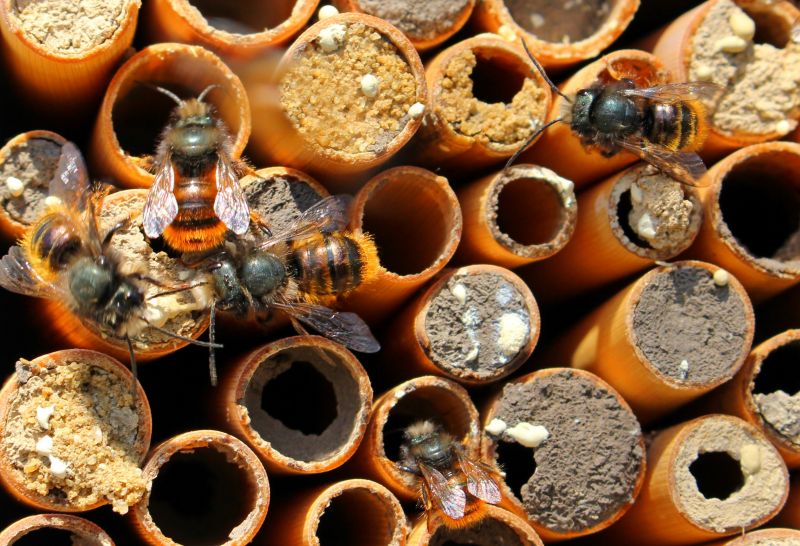
Wasps are very smooth with yellow and black stripes. They congregate round sweet things like cake and jam, apples and plum trees, as well as fermented drinks (like beer) and meat. They also like the honey from hives and therefore can affect bee colonies. They have a high pitched whine and live in nests that look like layers of thin paper, underground, in trees and in sheds. They have a vicious sting and, unlike honey bees, do not die once they have used their sting. Like honeybees, wasps are important and beneficial polinators.
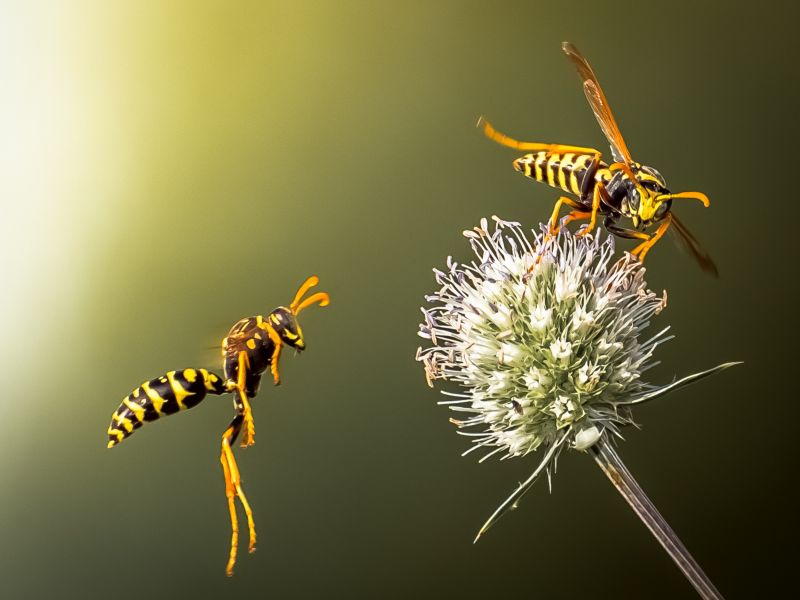
Hornets (European) are big and wasp-like with a loud buzz. They are black and brown with a hint of orange, and a curved tail. Like wasps, hornets have a vicious sting and do not die once they have used their sting. Like honeybees and wasps, European hornets are important and beneficial polinators. They live in dark corners and in trees.
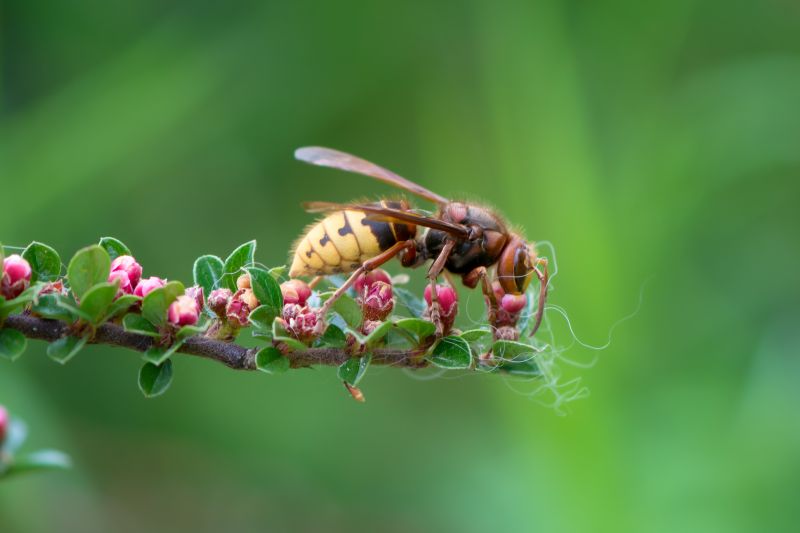
Asian Hornets are currently rarer in the UK and but are a very grave threat to bees, though no sightings have been reported yet in the Isle of Wight, yet. The hornets have a dark body and wing, a yellow band on the 4th segment of the abdomen and most importantly yellow legs. This picture shows the difference between Asian hornets and its more harmless European counterpart. If you suspect that you have seen one please take a picture of it and telephone 07388108764 with the exact location.
